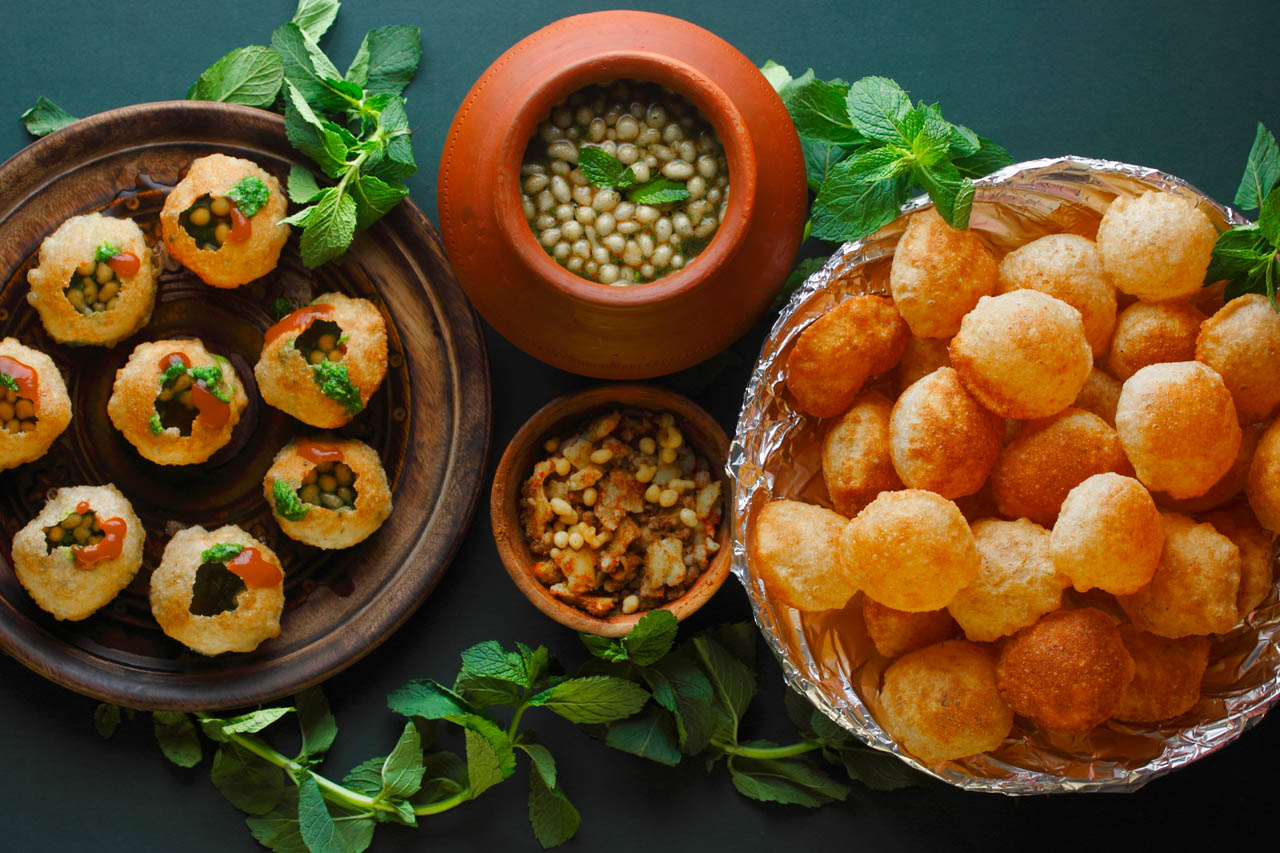
One of my family’s favourite foods to eat together is pani puri. Despite being a widely available street food in India, it takes hours to prepare if everything is made from scratch. A tangy-spicy delicious mix of textures and flavours, pani puri is made up of crispy, bite-size puris filled with chutneys, masalas, and vegetables. Every bite is a treat.
Years ago, I watched a Buzzfeed video called “Americans Try Indian Snacks For The First Time.” In less than three minutes, people are shown trying a variety of foods ranging from a bottle of popular Indian pop Thums Up to bhujia, and at one point, pani puri. Except what they ate wasn’t actually pani puri — it was only a puri, which is like being served a burger that’s just buns. They commented on the puri’s plainness and moved on.
By making a spectacle of the food, the very nature of this type of taste-test video is ostracizing.
Taste test videos are popular on YouTube, having appeared on various food publications’ channels like Bon Appetit and Food & Wine, as well as lifestyle and variety channels like BuzzFeed, REACT, Good Mythical Morning, and many others. Not all taste test videos are focused on trying foods from non-Western cultures, but those that do take that approach are almost always designed to elicit clicks in a mean-spirited way, often disparaging cuisines from non-white cultures.
By making a spectacle of the food, the very nature of this type of taste-test video is ostracizing – some of them have titles like “Americans Try Exotic Asian Foods,” lumping an entire continent together – and it all comes down to how people react. In the Indian snacks video, the taste-testers reacted overwhelmingly negatively to the smells, tastes, and appearances of the foods presented to them. Their exaggerated reactions drew a lot of attention and to date, the video has over 17 million views. Naturally, the damaging representation of a very diverse cuisine confused and angered Indian viewers, who continue to leave comments on the video expressing their disappointment.
When such extreme reactions of disgust are disproportionately geared towards food from non-Western cultures, it amounts to food media maintaining the status quo.
On a personal level, it’s upsetting to see people react negatively to a dish that holds cultural value and significance to you, and additionally, this type of taste test video doesn’t add anything new to the landscape of food media. No food should be immune to criticism, but when such extreme reactions of disgust are disproportionately geared towards food from non-Western cultures, it amounts to food media maintaining the status quo. When food media still holds a bias in favour of French, Italian, and other European cuisines as being the highest standard, it’s frustrating to see content like reaction videos double down on making any and all other food look unapproachable and unsophisticated.
To make this kind of content work, it helps to have someone with a cultural background in the cuisine being spotlighted be the person to share it. Avoid playing on stereotypes, research the foods before presenting them, and don’t talk down to your audience. Taste-test videos exploring new cultures can be a fun way to introduce audiences to lesser-recognized cuisines in North American food media and even support restaurants and businesses through exposure — if they’re done right.
Read more: Ren Navarro on Improving Diversity in the Beer Industry
